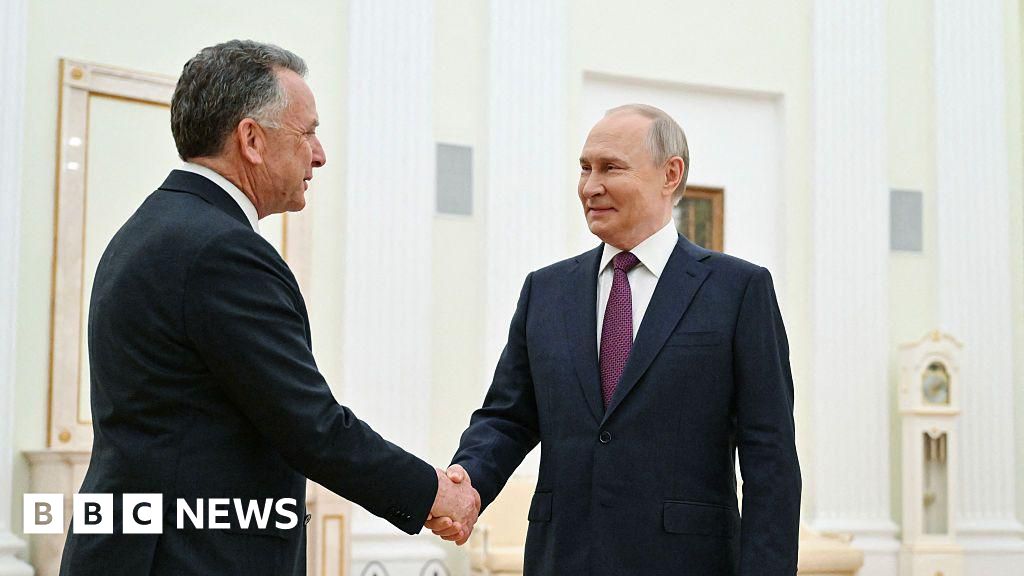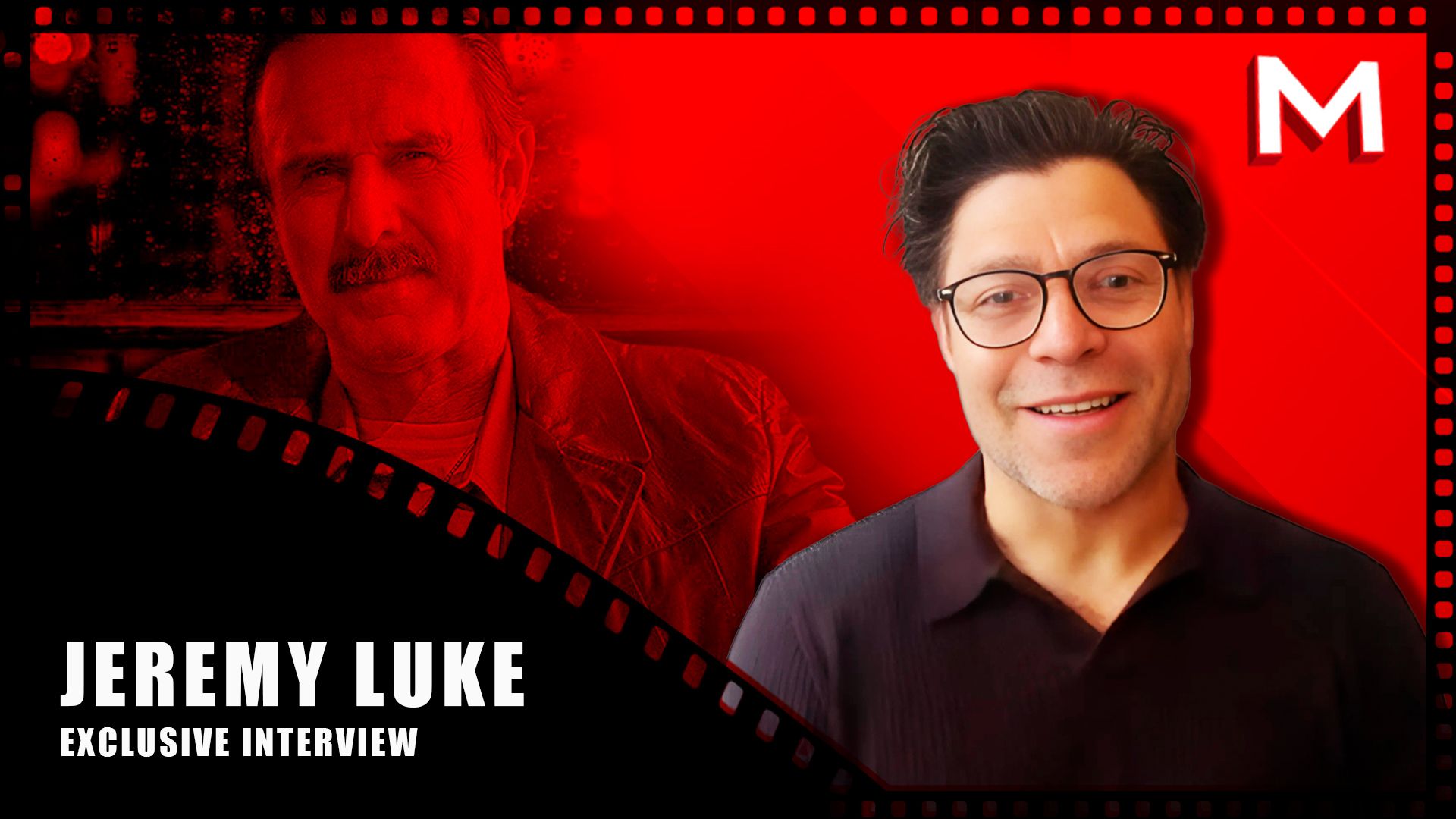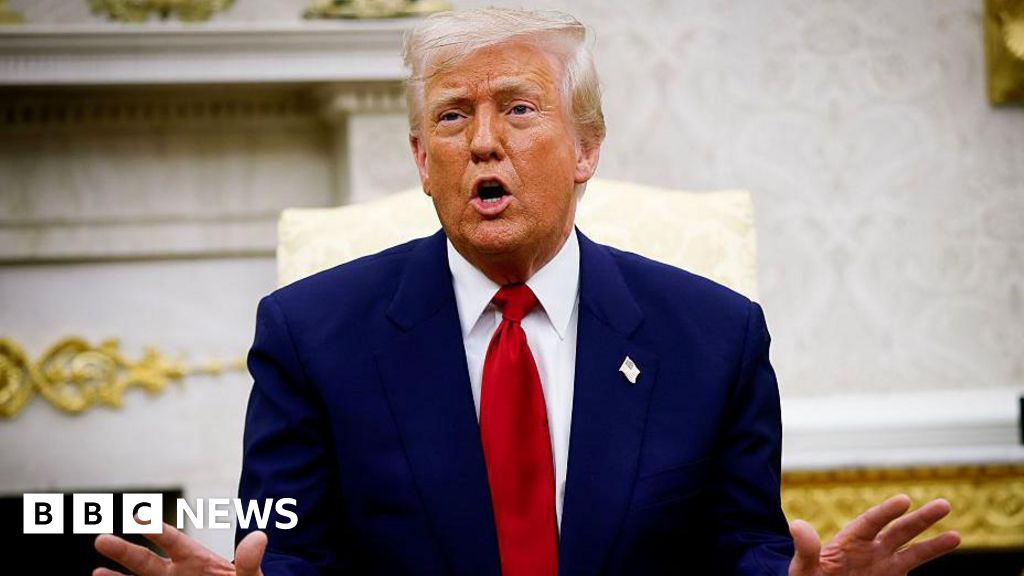Curation is the new leadership superpower. Here are 3 ways to adopt a curation mindset

The traditional model of leadership, where a single individual is expected to provide all the answers, is becoming obsolete. In a world of accelerating complexity, hyper-specialization, and rapid change, no leader can single-handedly navigate the full spectrum of challenges facing modern organizations.
The future of leadership is about curating the best insights, talent, and ideas, not dictating the direction. The best leaders will be those who act as architects of collaboration, assembling diverse perspectives and fostering an environment where expansive thinking thrives.
This shift in leadership isn’t just about delegation—it’s about creating conditions for continuous learning, adaptability, and innovation. Leaders who embrace a curation mindset are best equipped to drive organizations forward in an unpredictable world.
Why Curation is the New Leadership Superpower
In a world overflowing with expertise, no single leader can master every domain. The leaders who thrive are those who:
- Curate Talent. They don’t just hire smart people; they intentionally build diverse teams with complementary skills and perspectives. Studies show that diverse teams outperform homogeneous ones by 39% in problem-solving efficiency.
- Curate Ideas. They create spaces where unconventional thinking is not only encouraged but strategically leveraged. Google’s 20% time policy, which allows employees to spend part of their workweek exploring passion projects, has led to breakthroughs like Gmail and Google Maps.
- Curate Innovation. They design environments where experimentation, iteration, and cross-disciplinary collaboration drive meaningful breakthroughs. IDEO, a global design consultancy, uses cross-industry ideation sessions to unlock unexpected solutions, from healthcare innovation to urban design.
Rather than positioning themselves as the ultimate expert, these leaders act as orchestrators, ensuring that the right voices are heard at the right moments.
How Leaders Can Adopt a Curation Mindset
The shift from traditional leadership to curation requires intentional practices. Here’s how leaders can start:
- Seek Out Outliers.
Conventional wisdom often leads to conventional results. The best leaders actively engage with voices outside their immediate circles—contrarians, industry outsiders, and emerging thinkers who challenge the status quo. For instance, Netflix’s early decision to pivot from DVD rentals to streaming came from its leadership’s ability to absorb trends from tech, media, and consumer behavior research. - Design for Collaboration, Not Just Efficiency.
Many organizations optimize for productivity at the cost of creative collision. Leaders must create structured serendipity, allowing ideas from different disciplines to intersect in unexpected ways. Pixar’s open office architecture, where animators, writers, and tech teams share communal spaces, has fostered storytelling innovation. - Facilitate, Don’t Dictate.
Instead of being the sole decision-maker, adopt a facilitator’s mindset—guiding discussions, posing better questions, and allowing collective intelligence to emerge. Jeff Bezos’s “Disagree and Commit” principle at Amazon encourages debate, ensuring that the team moves forward with informed risk-taking even if consensus isn’t reached. - Champion Psychological Safety.
The best ideas often come from environments where individuals feel safe to challenge, experiment, and even fail. Research from Google’s Project Aristotle found that psychological safety was the top predictor of high-performing teams.
Unlocking Cross-Disciplinary Breakthroughs
History’s most significant breakthroughs didn’t come from isolated silos but from cross-disciplinary collisions—where physics met art, where biology informed engineering, and where technology reshaped storytelling. Here are a few inspiring examples:
- NASA & The Sports Industry: NASA’s space suit advancements have directly influenced sportswear technology, improving gear used by Olympians.
- Bioengineering & Architecture: The Eastgate Centre in Zimbabwe was designed using biomimicry principles based on termite mounds, leading to a 90% reduction in cooling costs compared to conventional buildings.
- AI & Music Composition: IBM’s Watson has been used to compose symphonies, merging artificial intelligence with classical music expertise to create never-before-heard compositions.
Organizations that embrace curation-minded leadership will be better equipped to solve complex, multidimensional challenges.
The organizations that thrive in the future will not be those with leaders who know the most—it will be those led by individuals who know how to bring the right minds together to figure things out.
The ability to curate talent, ideas, and innovation will define the next generation of transformational leadership.
So, as you reflect on your own leadership approach, ask yourself: Are you accumulating knowledge, or are you assembling the right people and perspectives to unlock something greater?
The future belongs to curators. Are you ready to lead like one?
What's Your Reaction?
 Like
0
Like
0
 Dislike
0
Dislike
0
 Love
0
Love
0
 Funny
0
Funny
0
 Angry
0
Angry
0
 Sad
0
Sad
0
 Wow
0
Wow
0































































































